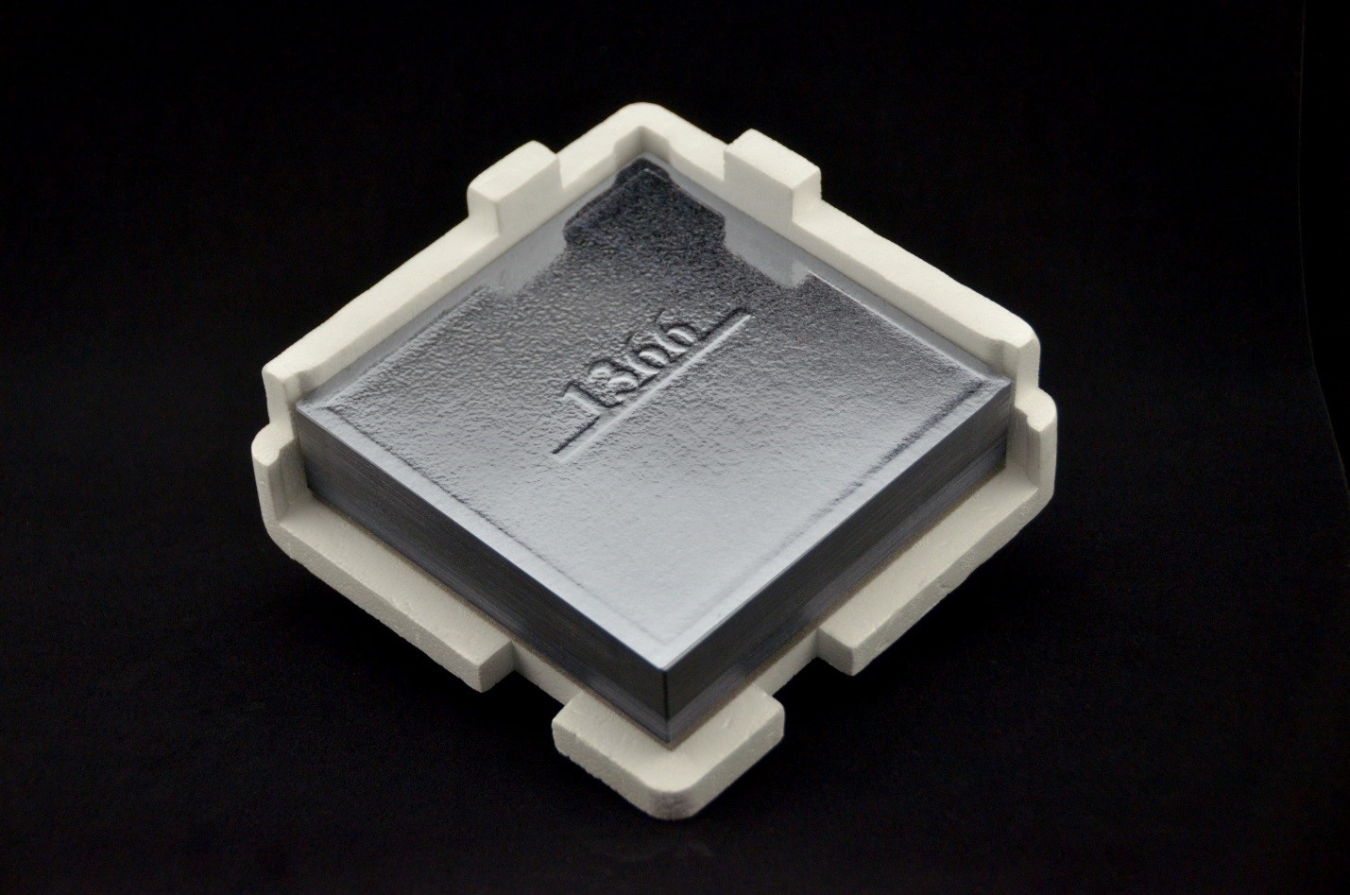
With SunShot funding, 1366 Technologies developed these three-dimensional silicon wafers that require fewer raw materials, helping to reduce the cost of solar panels.
The vast majority of solar modules are currently made with silicon, as the material is widely available, relatively low-cost, and able to reach high efficiencies. Today, nearly all silicon wafers for solar modules are manufactured by first transforming the raw material into silicon blocks, which are then sawed into thin wafers that are turned into solar cells and integrated into modules. But one SunShot Initiative awardee has developed a method that is changing the game.
1366 Technologies has a long history of support from SunShot, which allowed the company to successfully develop kerfless wafer materials for solar cells, improve supply chain efficiency, and build its first commercial-scale line. More recently, 1366 received a SunShot award under the Solar Manufacturing Technology 2 funding program to demonstrate the potential for substantial silicon usage reductions using their unique technology and innovative wafer geometries. The company developed a process whereby wafers are produced directly from molten silicon material, which eliminates the sawing and other processes that produce a large amount of silicon waste. The company’s process also allows for more flexibility to develop different types of wafers, which led to 1366’s recently developed three-dimensional (3-D) wafer that uses less silicon in selective regions of a wafer.
With 1366’s innovative Direct Wafer® technology, the company can control the thickness in different regions of a wafer, ultimately using less silicon in the process, thus producing wafers at a lower cost. The edges or perimeter of a wafer generally need to have a certain amount of thickness to reduce stress and prevent breakage. The 3-D wafers can provide that thickness where it is needed most while making the wafer’s center portion much thinner, without sacrificing strength and durability. Although thicker edges are needed for many modules, 1366 has the ability to customize which regions of the wafer are thick and thin. This allows the company to also create other types of geometries such as thick ribs for local strengthening where wire soldering will occur during module interconnection.
Although the current price of silicon is low, this new 3-D wafer technology will become even more important to customers if or when silicon prices increase. The latest 3-D technology is not yet ready for commercial scale-up, but solar industry players have noticed its potential. Purchasing wafers at a lower cost allows module manufacturers to produce less expensive products, helping to meet SunShot goals by making it more affordable for Americans to choose solar energy.
Learn more about SunShot’s Technology to Market subprogram.
